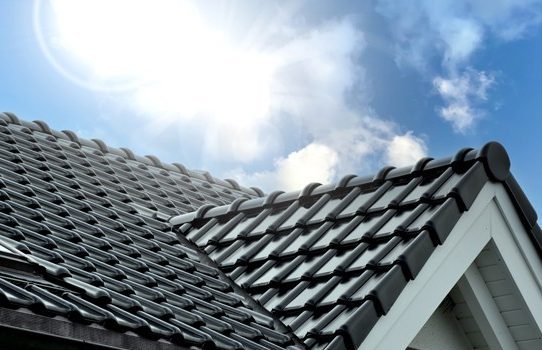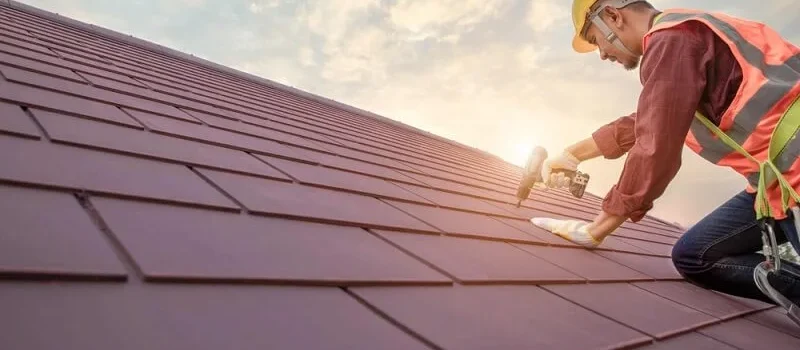Can Heat Damage Your Roof?
When we talk about things that can damage your roof, we often mention snow and rain as primary culprits that cause wear and tear to your roof. However, you should also be concerned about the summer heat because it can cause issues for your roof as well.
During the San Diego summer, industrial roofs suffer damage caused by high humidity and severe heat. These problems negatively affect the materials and structure of your room over time and could cause long-term problems if you are unable to identify them quickly.
The materials covering your industrial roof can be negatively impacted by sunlight exposure over long periods. Your roof’s tar and Asphalt are prone to destruction by UV radiation that goes on to damage the makeup of the products. Because they are chemical-based, most of the oily moisture will evaporate after being exposed to UV rays, leaving a brittle roofing material that can easily tear and crack. The result of all this is leaks and energy inefficiency. That’s why you shouldn’t rule out performing summer roofing inspections and evaluations.
Here are some ways heat can damage your roof
Heat Can Dry Out Your Roof
Have you heard of the term dry rotting? Exposure to direct sunlight can lead your roof to dry rot because the heat from the sun will make the oil deposit in the roofing materials evaporate, leaving nothing but dry and brittle materials in its wake.
When this happens, the resultant effect is energy loss and leakage as warmth and heat will make their way through the cracks and holes.
Thermal Shock
When the sun heats your roof at really high temperatures and then sets, there is a sudden dropping in the temperature as the sun is no longer there to continue heating the roof. This situation is referred to as thermal shock, which leads to the expansion and contraction of your roof. When that happens over time, it causes the roof to crack and get warped.
Sun damage
Just as sunburn affects the human skin, it is powerful enough to degrade your rood and its materials. It can burn them, bleach them, and even cause materials like shingles to become brittle.
Thankfully, a good number of roofing materials are produced with the capacity to handle the heat. However, your shingles and wood aren’t one of them, so you have to watch out for degradation when dealing with them.
Luckily, a lot of roofing materials are made to take the heat, but wood and shingles can be prone to damage, and over time, all materials will degrade.
Year-Round Roofing Maintenance Is The Answer
Protect your roof and materials by scheduling regular roof inspections throughout the year to ensure early detection of heat damage and its signs. Our experienced contractors can take up that job and ensure that your roof is always in stellar condition even as seasons change throughout the year.
We can ensure that as your roof goes through extreme weather conditions, its operations and performance aren’t hampered, whether by heat, snow, or even rain.

